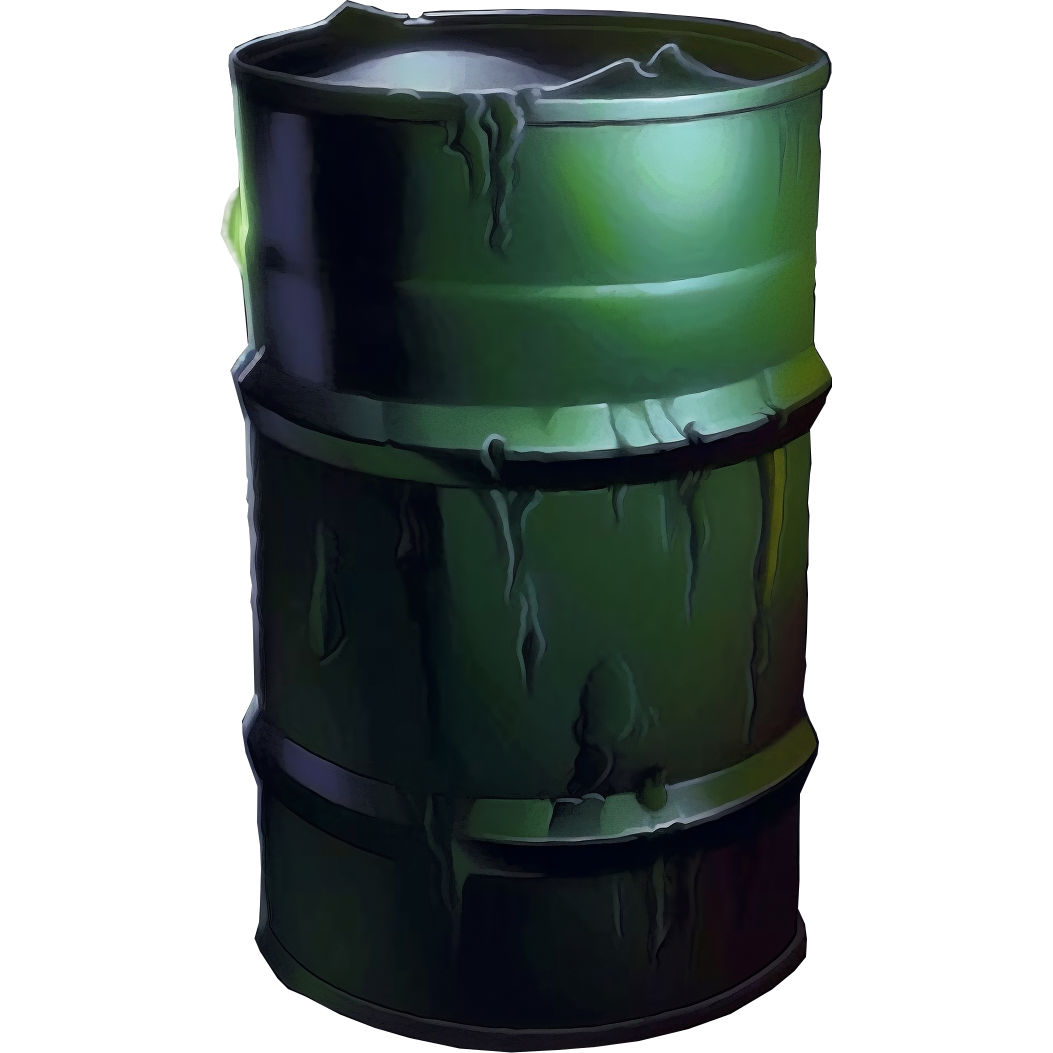Colonists
Colonists are the common population of the station. They have the ability to reproduce and can be trained as astronauts.
Classification
Colonists are classified by race, gender, and age. Race is randomly selected from the races of the father and mother. Gender is assigned randomly.
Reproduction and Aging
Colonists reproduce continuously. The younger the population, the more uniform the race, and the more balanced the ratio between males and females, the higher the population growth.
Colonists age in cycles. Each population aging event occurs after the station’s generational timer counts down. Elderly colonists do not die immediately; mortality is probability-based, so they can survive many cycles and still remain marginally fertile.
Aging occurs in stages:
Child
There can be no more children on the station than there are women.
A child has no other social functions, cannot be converted into an astronaut, only ages.
Young
The young stage lasts twice as long as the previous stage.
- In this stage, a colonist can reproduce; each cycle, a woman may give birth with a certain probability. The probability is higher if the partner is younger and of the same race.
- A colonist at this stage can be converted into an astronaut.
Adult
The adult stage lasts twice as long as the previous stage.
- In this stage, a colonist can reproduce; each cycle, a woman may give birth with a lower probability. The probability is higher if the partner is younger and of the same race.
- A colonist at this stage can be converted into an astronaut.
Old
The old stage lasts twice as long as the previous stage.
- In this stage, a colonist can reproduce; a woman may give birth with a low probability. The probability is higher if the partner is younger and of the same race.
- A colonist at this stage can be converted into an astronaut.
- Colonists in this stage, after completing a generational cycle, die of old age with a certain probability. After their death, their body is stored in the station’s storage facilities for further processing into biomass.
Heredity
Acquired traits such as gender, race, TES, and resistance to infection are always inherited from parents.
Biomass Consumption
 Biomass stored for consumption.
Biomass stored for consumption.
Each colonist born needs a certain amount of biomass, which they recycle throughout their life. This results in material that ensures their intake of nutrients and fluids. If a colonist does not have this amount available, they cannot be born, and the birth rate will stop.
Biomass can be replaced with a less efficient raw material – specifically human remains. This means that if biomass is missing on the station, but there are remains in the cargo hold, the colonists will begin consuming them. The advantage of remains is that they come from older colonists, so even without your presence, the population is somewhat self-sufficient. Logically, however, it cannot grow until you replenish the material on the station.
The consequences of missing biomass are similar to those of a full station housing capacity.
More information about the biomass cycle.
Infection and Resistance
Colonists exposed to infection succumb based on their own resistance. Resistance is a hereditary trait.
Astronaut Training
Colonists can be trained as astronauts at the station in the quarters facility.

